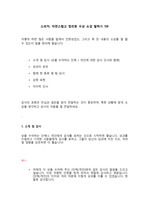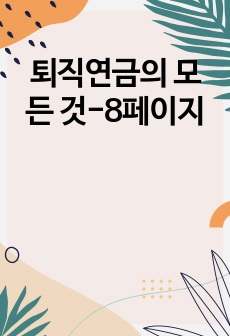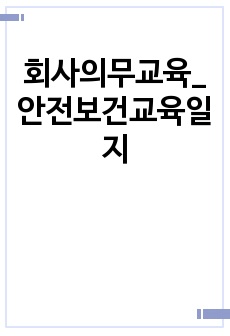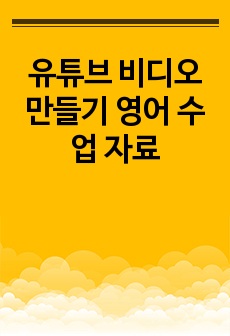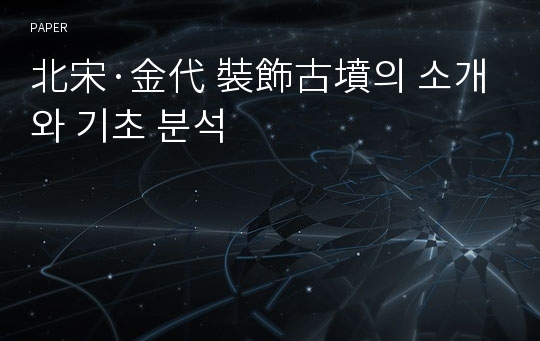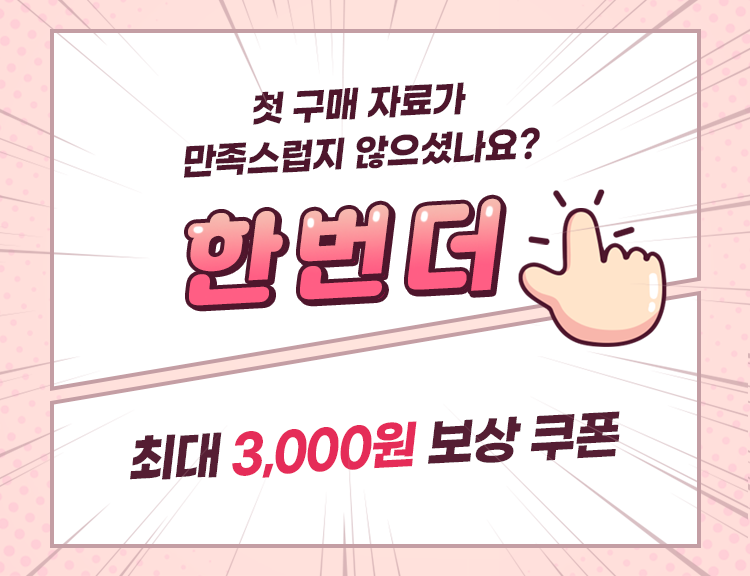* 본 문서는 배포용으로 복사 및 편집이 불가합니다.
서지정보
ㆍ발행기관 : 한국미술연구소
ㆍ수록지정보 : 美術史論壇 / 33권
ㆍ저자명 : 지민경
ㆍ저자명 : 지민경
영어 초록
This study explores the decorated tombs of the Northern Song and Jin periods, which have long been unexplored in art historical scholarship, and examines their significance in visual culture at the time of the decline of funerary art in East Asia. In previous art historical discourses, tomb art has only been discussed in terms of motifs and images in the ritualistic symbolism that was thought to represent the contemporary ideologies regarding death and afterlife; however, from the late 1990s and thereafter, the funerary arts began to be newly interpreted from a socio-historical perspective in order to view how the visual materials functioned between social perception and individuals’ deeds. In this perspective, the Northern Song and Jin period tombs exemplify how the traditional recognition and use of visual arts changed during the transitional period.For a better understanding of the decorated tombs of these periods, in the first half of the thesis, this study analyzes the technical and archaeological aspects of the tombs, and introduces their temporal, regional and decorative features as well as the patronage involved in the tombs’ construction. First of all, single-chambered and brick–made tombs appeared in Central Plain region in the late Tang Dynasty, and these tombs were originally favored by the military class, who ruled over a small region during the chaotic transitional period. From the Five Dynasties throughout the Liao, small and mural-decorated tombs had been adopted and developed by Han Chinese officials who were familiar with local culture. This type of tombs became more popular in the late Northern Song period while patronized by the middle class, who held local power based on the economic prosperity of the cities. Even after the Northern Song territory was taken by the Jin, the popularity of the small decorated tombs continued among the local patrons–most of whom were middle class, including Jin emigrants who actively adopted Han Chinese culture. As the major consumers of the decorated tombs, the middle class was involved in the architecture and decoration of tombs with their tastes. Through evolution over the periods, the Song-Jin decorated tomb style which dominated Central Plain area in this time were eventually formed; these tombs featured popular images as interior decorations, which were represented in relatively affordable materials.
Based on the preliminary analyses above, the study further examines the development and changes of the tombs that were made in cities and suburbs around the banks of the Yellow River in the Southern Shanxi and Northern Henan area during the 150 years from the late 11th century around 1090CE. This study finds that all the tombs share similar decorating techniques and images although the details of execution, composition, and arrangement of the images diverged depending on region and time; in particular, the preferred decorating material changed from paintings to reliefs by the Song-Jin Dynastic transition. These differences among the contemporary tombs suggest that the methods of tomb-making were determined locally while being influenced by social and environmental conditions, such as production and circulation of tomb materials, rather than classical texts or legislation on which the traditional funerary arts were based. This localized production, on the other hand, was more influenced by the patrons–i.e., the social desire of the middle class as local leaders. With the construction of these tombs, the middle class not only tried to confirm their social status in the local community but also wished for the good fortune and prosperity of their family while supporting their ancestors with their best effort and its visualizations through the decorative images. In conclusion, due to the underlying worldly concerns in tomb construction, the ritualistically symbolic motifs were replaced by popular images that had been widely circulated in everyday life, and the tombs turned out to be a local product that showed the highest level of skill and aesthetics of which their patrons were capable.
In sum, the phenomenon of decorated tombs was revived in the middle imperial period by the middle class; this suggests a great shift in the use of visual images and their meanings, which even entails a shift from the most traditional and authoritative forms of ancient art–tomb arts. This study shows that the popular images and motifs utilized in decorations and the peculiar architectural design of tombs have a greater significance beyond the simple fact that the visual preference of the patrons changed. Instead, it signifies that the construction of decorated tombs began to have a close relationship with the production and consumption of visual images in daily life. This cultural phenomenon represents the understanding and recognition of the visual art by the new cultural consumers as well as the historical and environmental changes that surrounded the visual culture.
참고 자료
없음태그
"美術史論壇"의 다른 논문
 국사형 미술사의 영욕: 조선 후기 회화의 해석과 평가 문제22페이지
국사형 미술사의 영욕: 조선 후기 회화의 해석과 평가 문제22페이지 창작과 평가: 요로즈 데츠고로 <풍선을 든 여인>을 중심으로17페이지
창작과 평가: 요로즈 데츠고로 <풍선을 든 여인>을 중심으로17페이지 愛情의 誤謬: 鄭敾에 대한 평가와 서술의 문제27페이지
愛情의 誤謬: 鄭敾에 대한 평가와 서술의 문제27페이지 산수장권 고찰: 셋슈(雪舟)에 대한 재평가를 위하여35페이지
산수장권 고찰: 셋슈(雪舟)에 대한 재평가를 위하여35페이지 石濤, 近代의 個性이라는 평가의 시선30페이지
石濤, 近代의 個性이라는 평가의 시선30페이지 에도 시대 초기 풍속화의 표현세계24페이지
에도 시대 초기 풍속화의 표현세계24페이지 중국 〈郭子儀祝壽圖〉 연구: 연원과 발전38페이지
중국 〈郭子儀祝壽圖〉 연구: 연원과 발전38페이지 日本 아이치 현(愛知縣) 지역 조선시대 전기 불화의 조사 연구33페이지
日本 아이치 현(愛知縣) 지역 조선시대 전기 불화의 조사 연구33페이지 비교맥락적 관점에서 살펴본 러시아 리얼리즘 미술25페이지
비교맥락적 관점에서 살펴본 러시아 리얼리즘 미술25페이지 심포지엄 보고(일본 / 한국)14페이지
심포지엄 보고(일본 / 한국)14페이지











